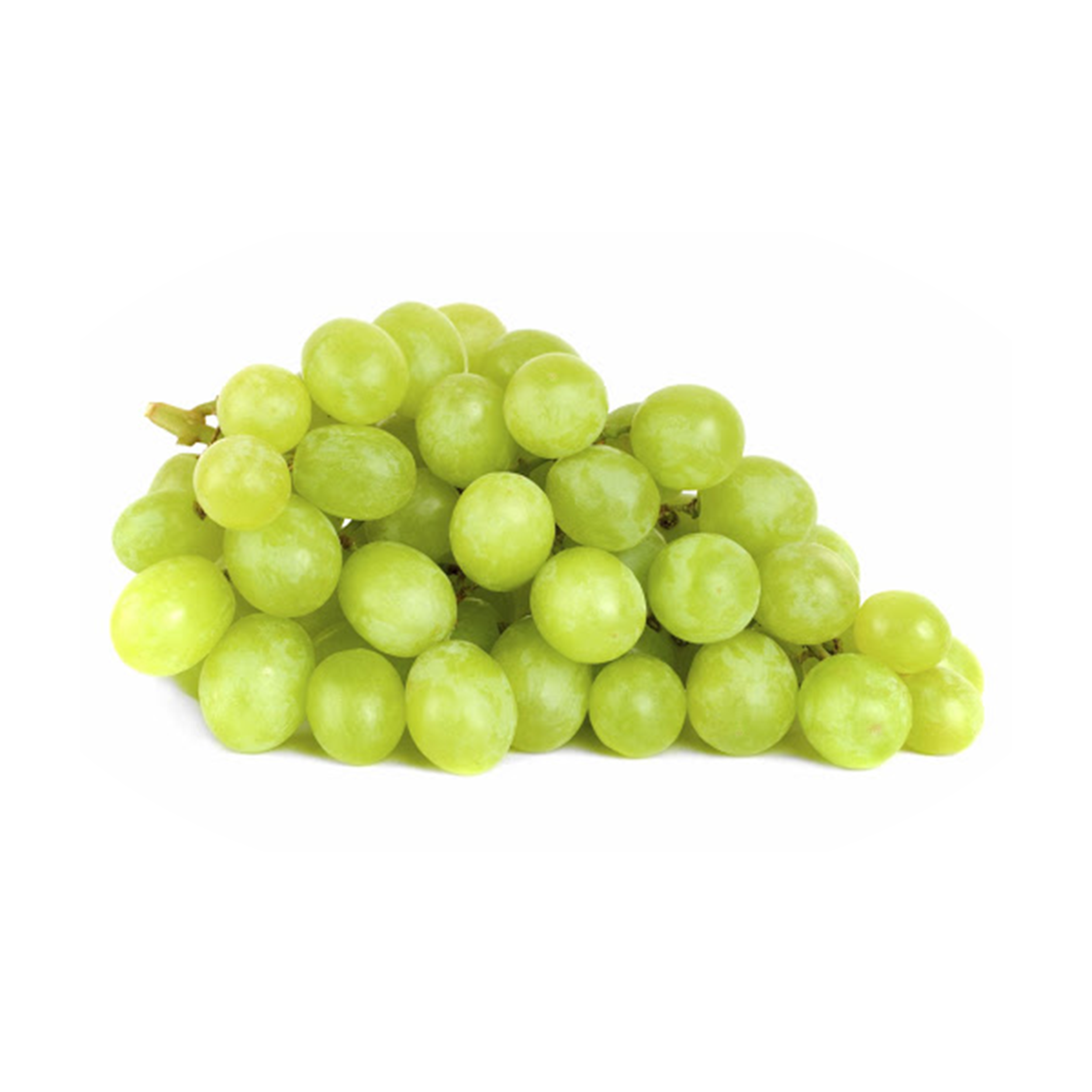
OUR GRAPE VARIETIES
White Seedless:
Prime
An early-season green seedless grape with round, medium sized berries. The fruit has good sugar levels, and a mild Muscat flavour. Berry size is usually in the range of 18-20 mm. This grape was developed by the Volcani institute in Israel and is a patented variety. Prime will be appreciated by consumers for its sweetness with a slight tang.
Autumn Crisp (Sugra35)
A late season green seedless grape. It has large, round berries with an attractive milky pale green-yellow skin. The flesh is very firm with a high level of dense crispness. The skin is hardly noticed when biting into the berry with no impact on the eating experience. The variety is best described by the breeder as sweet with distinctively crisp-juicy texture with a subtle Muscat aroma.
Red Seedless:
Starlight
A pink mutation of the early white grape Prime. The fruit is generally round but can be elongated with a slight tapering towards the stem end. The skin is easy to bite and has minimal impact on chewing, with no discernible bitterness. Flesh is crisp with very good levels of sweetness and low acids. Berry size is medium, 18-20mm.
Scarlotta (sugra19)
A late season red seedless grape with large, elongated berries with a colour that is red to dark-red. The fruit is sweet with minimal acid tang and a mild flavour. The skin is of medium thickness and offers some resistance when biting and chewing, with a slight astringency. The flesh texture is of light crispness.
Black Seedless:
Midnight Beauty (Sugra13)
A seedless black grape with medium to large elongated berries. The berries are a dense overall black colouration, sometimes with a slight red hue. The skin has slight resistance on biting, but is not particularly noticeable whilst chewing, leaving no bitter after-taste. The flesh has a reasonably crisp texture with good levels of sweetness and a mild flavour.
Adora (Sugra34)
A seedless black grape with large round berries. The colour is purple-black, sometimes with a hint of paleness around the stem-end. The skin is thin with little resistance on biting, though can be felt while chewing, while the flesh is fairly firm without necessarily being crisp. Sweetness levels are good.
GRAPE STAGES OF GROWTh
1.Dormancy
There is very little activity in this period as from leaf fall to the beginning of growth in spring, grapevines are dormant and consist entirely of woody tissue. Root growth could still occur unless soil temperatures are too cold to support growth. During the vines’ winter dormancy, between June to July, pruning is a necessary discipline to select the most viable shoots for growth.
2. Bud break
As the temperature rises in spring, stored starch is converted to sugar and sap begins to move in the vine. This can be seen on warm spring days when pruning wounds begin to ‘bleed’. As temperature warms, buds begin to swell, then burst. The newly emerged shoots grow very rapidly and will continue to do so for several weeks in the absence of stress. Soon thereafter, cluster inflorescences become visible, usually opposite the third and fourth leaves on a shoot.
3. Bloom & Fruit set
As summer approaches, after a few weeks, inflorescences begin to swell, and soon flowers open. At this point, grapevines are mostly still reliant on stored carbohydrates from the previous season for their energy. After pollination, the flowers abscise, and the newly formed berries go through a rapid period of development due to cell division.
Leaves that are well exposed to sunlight during this time will result in more fruitful buds in the following growing season. Once the berries are well formed, cell division largely ceases and further berry growth is mostly due to cell expansion. For the next few weeks, shoots and berries grow very rapidly.
4. Veraison and fruit maturation
Five to seven weeks after fruit set, veraison begins. Berries expand further, begin to soften, and accumulate sugar. The colour on red cultivars is readily apparent while the visual indicators of maturity on white cultivars are subtle. During the next four to six weeks, sugar, pigments, and other flavour compounds increase in the maturing fruit, while organic acids decrease and change forms. On managed plantings, the veraison period ends with harvest when grapes reach their optimal sugar-to-acid ratio.
5. Post-Harvest
After harvest, grapevine leaves continue to photosynthesise until temperatures drop in wintertime. This is a very important period for the vines to accumulate carbohydrates for future growth. As temperature falls, vines gradually become more used to the cold weather, and sugars are converted to starch to be stored for the winter, mostly in the roots and trunks. After leaf fall, vines continue to acclimate to cold weather, but no more carbohydrate accumulation occurs.








